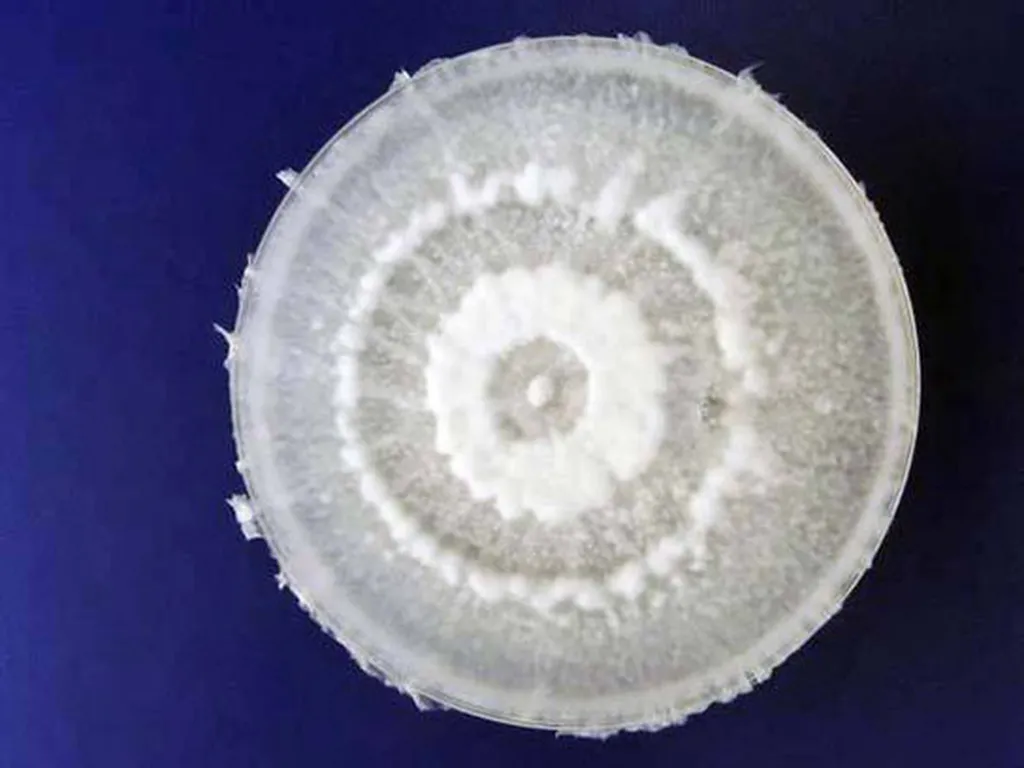In the heart of Ecuador, where potato fields stretch across the landscape, a tiny fungus is making big waves in the world of sustainable agriculture. Beauveria bassiana, a natural entomopathogenic fungus, is emerging as a powerful ally in the fight against the potato white grub (Premnotrypes vorax), a pest that has long plagued farmers and threatened potato yields. The latest research, led by Edwin M. Chancusig-Espin, delves into the effectiveness of this fungus, using a novel approach that could revolutionize how we evaluate pest control methods.
Chancusig-Espin and his team have turned to neutrosophic statistics, a cutting-edge analytical tool, to assess the impact of Beauveria bassiana on larval mortality. This method, which considers the indeterminacy and inconsistency inherent in complex systems, provides a more nuanced understanding of the fungus’s efficacy. “Neutrosophic statistics allow us to capture the uncertainty and variability in biological systems,” explains Chancusig-Espin. “This gives us a more accurate picture of how effective Beauveria bassiana is in controlling the potato white grub.”
The study, published in the journal ‘Neutrosophic Sets and Systems’ (translated to English as ‘Neutrosophic Sets and Systems’), evaluated different concentrations of the fungus—10^4, 10^6, and 10^8 conidia—applied through spraying and immersion. The results were striking. The treatment at a concentration of 10^8 conidia per spray proved to be the most effective, with neutrosophic coding indicating a range from “very effective” to “extremely effective” in causing larval mortality.
The implications of this research are significant for the agricultural sector, particularly in regions where the potato white grub poses a substantial threat to crop yields. “This study provides a robust framework for evaluating the efficacy of biological control agents,” says Chancusig-Espin. “It’s a step towards more sustainable and effective pest management practices.”
The use of neutrosophic statistics in this context is particularly noteworthy. By embracing the complexity and uncertainty of biological systems, researchers can develop more reliable and effective strategies for pest control. This approach could pave the way for future studies that leverage advanced analytical tools to tackle agricultural challenges.
For the energy sector, which relies heavily on agricultural products for biofuels and other applications, the implications are far-reaching. Effective pest control can lead to higher crop yields, ensuring a steady supply of raw materials for bioenergy production. “Sustainable agriculture is not just about protecting the environment; it’s about ensuring food security and supporting industries that depend on agricultural products,” Chancusig-Espin notes.
As the world grapples with the challenges of climate change and food security, innovative solutions like Beauveria bassiana and neutrosophic statistics offer a glimmer of hope. By harnessing the power of natural predators and advanced analytical tools, we can create a more sustainable and resilient agricultural system. The research led by Edwin M. Chancusig-Espin is a testament to the potential of these approaches, setting the stage for a future where technology and nature work hand in hand to feed the world.

